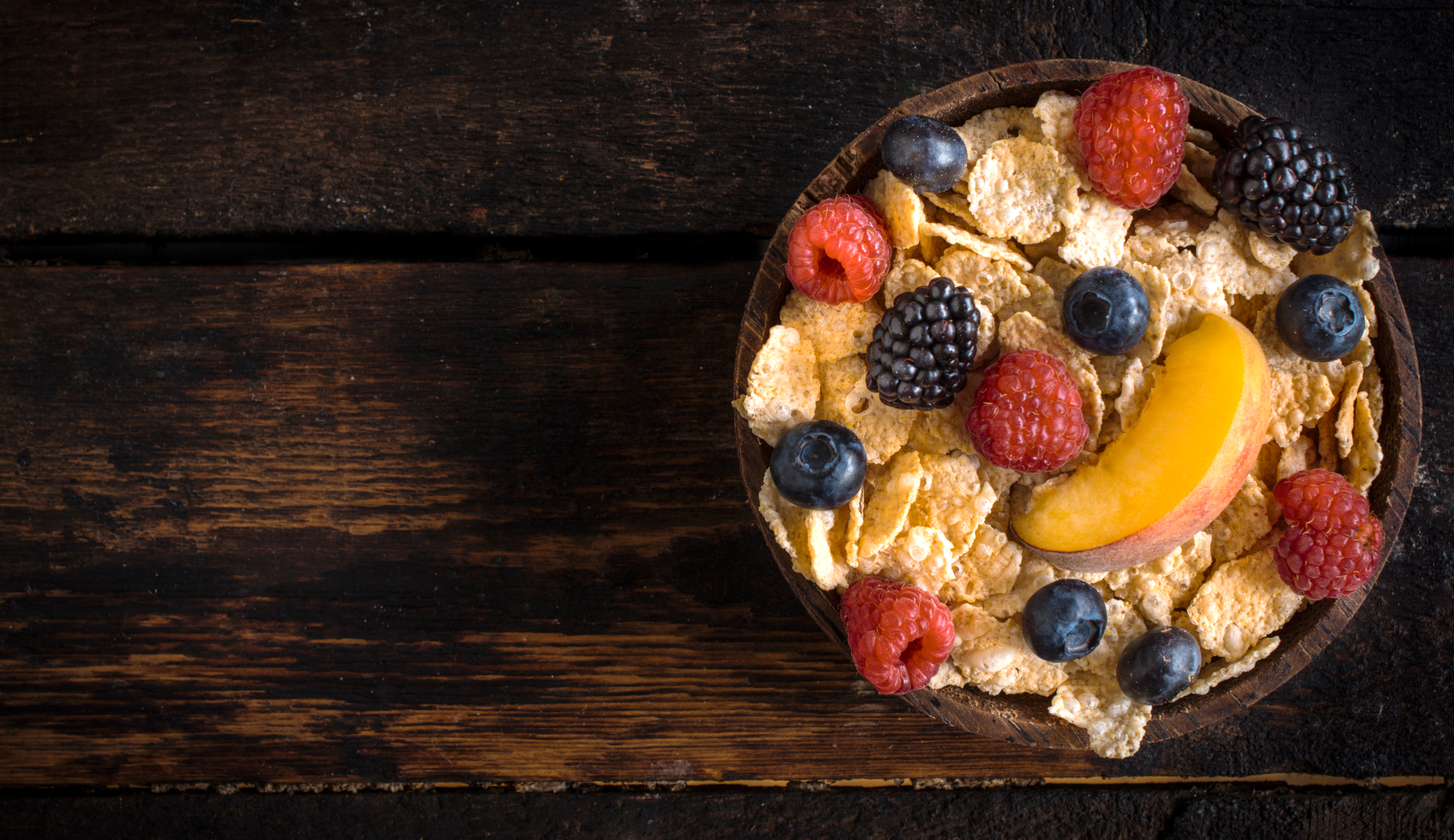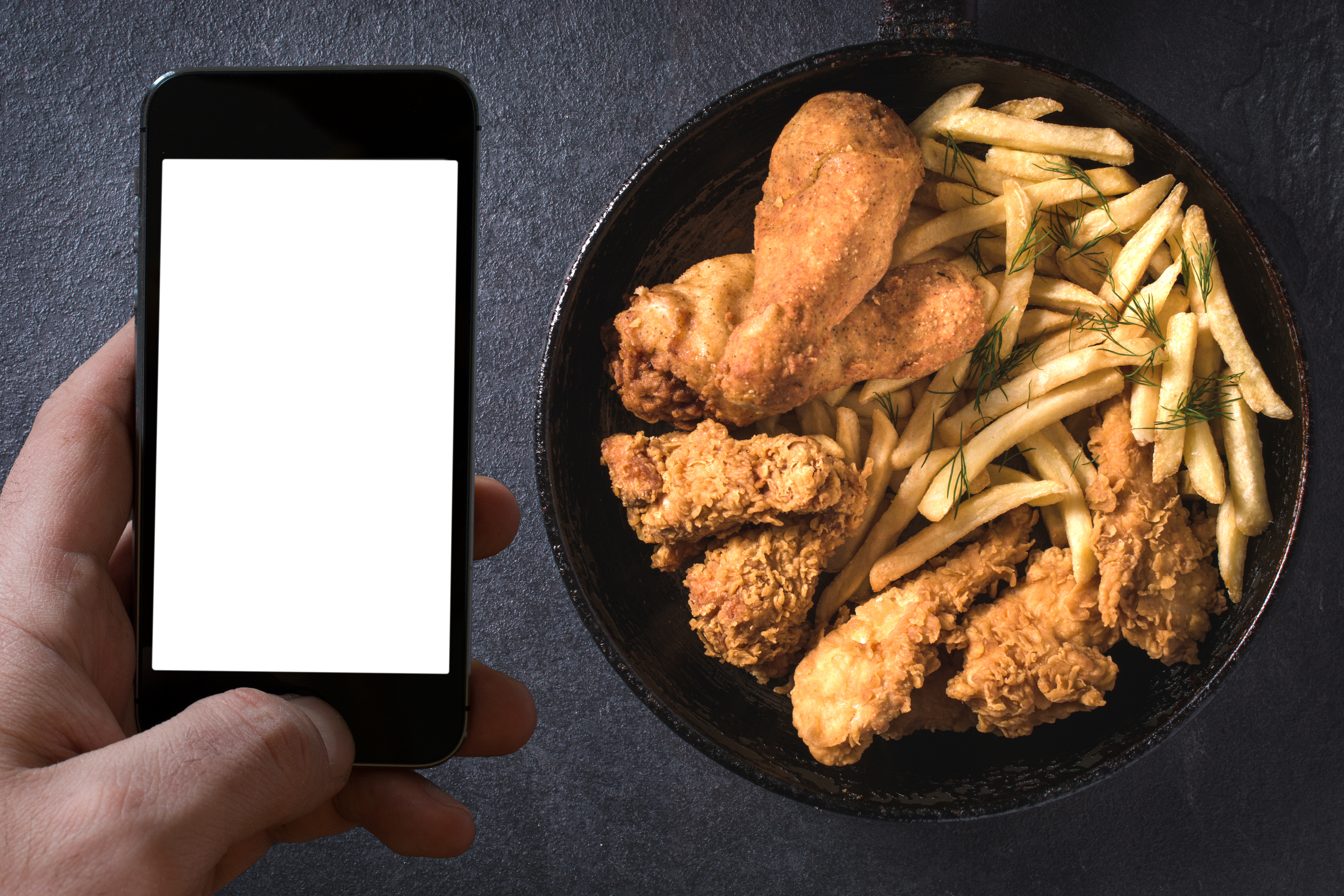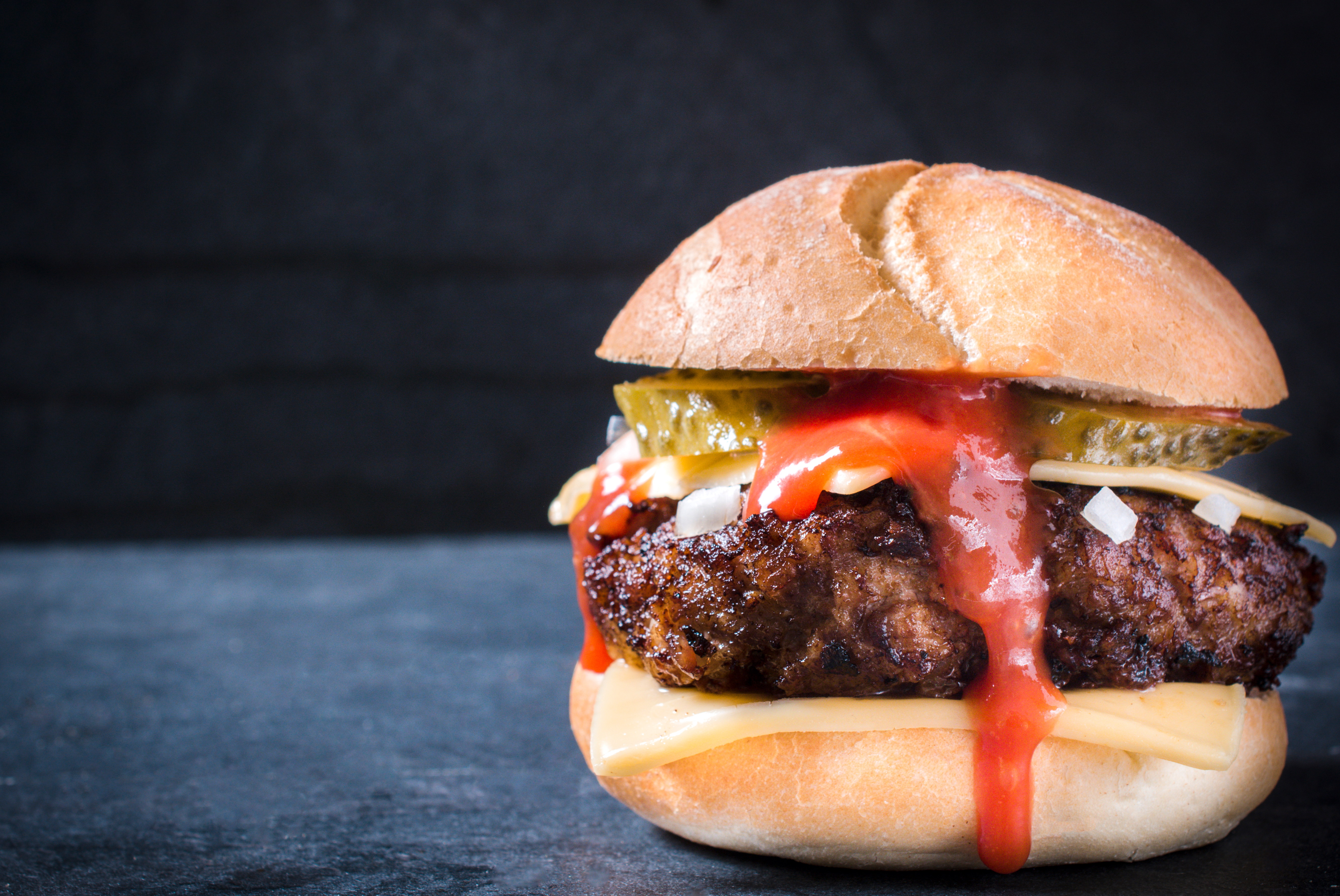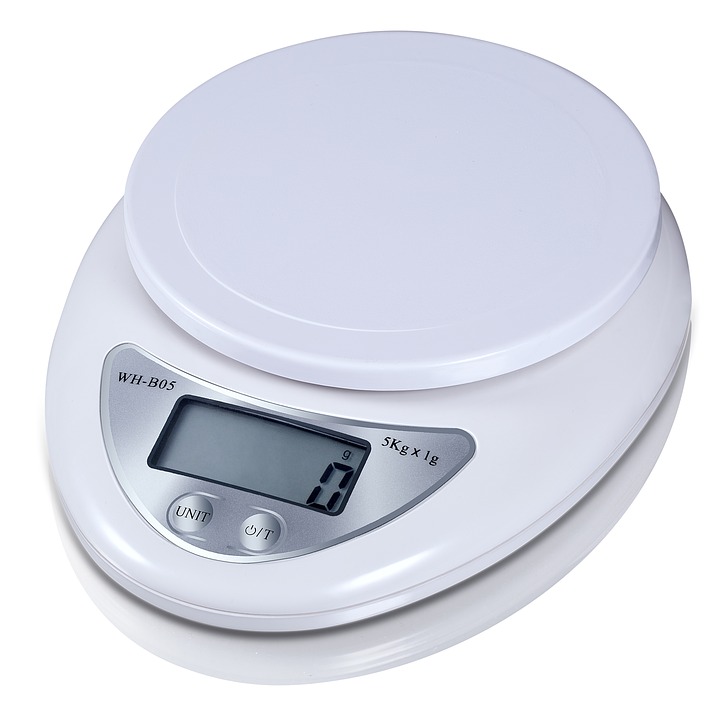Whenever one thinks of building the muscles or losing fat, what often comes into play is nutrition. In terms of staying fit for long, consistency is what you should uphold. Sadly, most people will stray from the habits vital for the progress. Some will pay less attention to what they eat while others will obsess a lot overtraining. As a result, little to no progress is made and time is wasted.
It is often a belief that a clean diet is a solution to losing fat and building the muscles. However, flexible dieting is here to prove us wrong!
Have you ever wished there was a way you could eat your favorite meals and maintain or get the body you desire? This guide is for you. It will get you started on the solution, flexible dieting.
What Is Flexible Dieting?

Before explaining what flexible dieting is, worth mentioning is that the ability to lose or gain weight is highly dependent on whether your energy is balanced. The amount of calories you consume and how much you burn determines your ability to lose or gain weight.
In fact, metabolic research proves that energy balance is the fundamental mechanism that regulates both weight loss or weight gain.
What this means is that regardless of what you eat, it is still the single most important thing that affects the goals you achieve. Still, flexible dieting also works.
Flexible dieting is a personalized way of eating that produces consistent and long-term results. This nutrition plan is achieved through breaking down and monitoring the whole diet, depending on three types of macronutrients; fat, proteins, and carbohydrates.
The adjustment of these three types of macronutrients allows you to configure your metabolism and reach your calorie goal. Depending on what you want to achieve, the diet will leave you with a calorie deficit or a surplus. It also works if you need a maintenance level. In a flexible diet, the focus is more on how much you consume as opposed to what you are eating.
Why is Flexible Dieting Referred to as IIFYM?

If It Fits Your Macros (IIFYM) is another term for flexible dieting. But, why exactly is flexible dieting referred to as IIFYM?
Weight loss or gain is more than just a calorie deficits or surplus. Your body needs sufficient amounts of proteins daily for the preservation of muscle mass. Similarly, healthy fats and carbs are necessary for hormone synthesis and to provide muscles with glycogen stores essential for endurance during an intense workout.
Taking that into consideration, it is way easier to count macros than counting calories. Through the IIFYM, you can align your focus on improving how your body looks like.
By counting the three micronutrients, you can easily decide on which type of foods to consume; clean, healthy, or dirty. It doesn’t matter as long as it fits your flexible diet. In a nutshell, you can eat whatever you like.
What is a macronutrient?

Macronutrients, known merely as macros, are what fuels your body. A macro can mean a carbohydrate, fat, or a protein molecule. These substrates are broken down into your body and used as energy sources.
The measurement of each macro is in grams (g), while the calorie (kcal) is a unit measurement of energy. If your goal is based on the number of calories you consume, the set of the number of calories contained by each macronutrient will allow you to calculate how much to consume daily. You can eat whatever you want for as long as your budget is in check.
How Flexible Dieting/IIFM Is Different from Traditional Diet?

IFYM or flexible dieting isn’t actually a diet plan. Instead, it is a plan, an ideology that relies on the promise that you can eat any kind of food you want and get into the shape you want without compromising your health.
It is a step further from the traditional diets where you eat clean food and follow or maintain a strict schedule. Traditional diets are, sadly, based on the assumption that it works for everyone. Sticking to particular groups of foods is not all rosy to some people. So is eating small meals after two or three hours.
In short, traditional diets take the fun out of eating when you are looking to achieve specific body goals. It is easy to give up on such a diet as opposed to one where you eat everything you desire as long as it fits your body needs.
Flexible dieting provides you with a macronutrient and calorie goal to achieve every day. It allows you to make a choice of when and how you can reach them. In this particular diet, there are no bad or good foods for your body in terms of what you need for body composition.
With an IIFYM diet, you can count your macros and enjoy a great deal of flexibility. Although the diet is motivating, translating the macros into actual food examples still remains a challenge to many.
Common Misconceptions About Flexible Dieting

Flexible dieting doesn’t work
The bottom line is, every meal or diet you consume contains specific numbers of macronutrients. It doesn’t matter whether you eat five or six meals consisting of chicken or rice, those foods contain macronutrients. In a nutshell, every meal that you consume at the end of the day is a macro diet.
There is no rule here that dictates the consumption of junk food. Even “clean” foods are part of the flexible dieting plan. It only involves figuring out the macros you need and incorporating the clean foods. A flexible diet will work, perhaps even better than other diets. Keeping track of the amounts of macros is ideal as opposed to consuming meals in a clean diet without weighing and measurement.
It mostly consists of junk food
It is true that you can consume what you feel like having, but it doesn’t mean that these foods are what you always eat. The idea in IIFYM dieting is to be logical by not eating lots of processed foods just because you can. Remember, you are doing it wrong if you dwell on junk food the whole day. There are no restrictions to follow. You can incorporate as many clean foods in your IIFYM as you want.
Those who say flexible diets consist mostly of junk are only looking for an excuse to consume them. If you are serious about getting in shape, you know that a nutritious variety is mandatory.
It can work for body composition, but it’s not healthy
The IIFYM diet allows you shed off some pounds and build muscles without making it seem like you are starving or missing out on the good stuff. It is the long-term option if you want the best results. You can quickly lose fat and gain some abs, depending on your goal.
Other people are misinformed. They think that choosing a flexible diet over a clean diet is not healthy. Well, they couldn’t be more wrong. An IIFYM diet only gives you a variety of options to consider. Because you are not disregarding all the healthy types of food, it doesn’t mean that empty calories are what you consume daily.
In fact, those individuals who are on a flexible diet end up eating whole foods than the processed, or junk food. The diet has the cons and the pros and depending on what you want to achieve, it will work either way. If you’re going to be healthy, you can choose the nutritious foods. Also, if to look healthy is what you really want, and you don’t desire to be healthy, the diet is flexible enough to allow you do that. You can be as perfectly toned and lean as you wish, muscular, and fit through the flexible diet.
Flexible dieting is only for bodybuilders
Flexible dieting has often been seen as a way to grow muscles and shed fat. Therefore, it would work best only for bodybuilders, at least that’s how others would think. The truth is, the diet works whether you are an ordinary person or a professional bodybuilder.
The only thing that matters is your goal. Without any restrictions, eventually, personal preferences are what determines who the diet is right for. Also, because of the variety of food choices, it offers, and the flexibility, it is safe to say that an IIFYM diet can be assumed by anyone ready to alter their body metabolism to achieve a specific goal.
It’s Too Time Consuming
When others think of flexible dieting, they see an in-depth, complicated, and time-consuming process. As a requirement, one needs to keep track or measure the macros they need for proper body composition. But the question is, is IIFYM diet that complex?
It might come as a surprise to you how quick and easy the process can be. First off, tracking the amount of food you eat is inevitable. Weighing the food is simple. Also, figuring out the number of calories and macronutrients in food is easier than ever with the internet and food apps. The good thing is, after weighing your food a couple time. Eventually, you’ll be able to estimate.
All you need to make the measurements includes your prepared meal and a measuring device or tool. Also, you need to be serious and not take it as a joke. The process of placing a plate of food on a scale is effortless. You will find that it is not time-consuming, and you can quickly adjust your macros to fit the needs of your body.
Weighing everything isn’t necessary either. One thing is for sure, during the system of tracking and monitoring how much you eat, you will learn that you don’t have to be perfect. What only matters is that if it is important to you, you will find a way to ensure that the process is simple.
The Benefits of Flexible Dieting

Flexible dieting is arguably the best type of diet that fits many individuals. While other eating styles suffer lots of downs, it is often lauded with its flexibility and how convenient it is to follow in the long run. The goal isn’t only to enhance your body composition but to improve your overall health as well.
The following are some of its benefits:
It is one of the healthiest options
Other diets often follow strict rules, but IIFYM is flexible. It allows you to meet the energy demands of your body as well as the nutritional goals with ease. The process of counting macros doesn’t deprive you or your body of the necessary benefits. It ensures that the carbs, protein, and fat are consumed in substantial amounts that are fundamentally crucial for maximum energy levels and ideal metabolism.
Remember, flexible diet will only remain always healthy up until you decide to start wasting your macros on donuts, eating junk food, and drinking supplements. When you drink a meal supplement or rely on a donut during an intense workout, chances are you might not get far.
Builds muscles and doesn’t add fat
Monitoring the macros in every meal you consume is the beginning of a conscious decision making regarding what the body needs. You get to learn what every type of food has, upon which will motivate you to drop those that do not contain the essential macronutrients. Your perception of foods will be from the angle of the macronutrients.
Offers a wide variety of foods
In an IIFYM diet, there are no limitations. Because you get to eat several types of food, you are safe from the traditional diets that prefer you stick to particular groups of foods for the best results. Just ensure that you are wise in what you eat. For instance, a donut will not suffice in giving you the same nutrients that a meal rich in fiber will.
It is sustainable
Most plans will have you dieting to your detriment. Most of them will not last long as they tend to overwhelm many. Typical diets will often have you change the entire eating plan, which many folks often fall a victim. Switching to an entirely different diet may trigger problems like headaches, stomach discomfort, insomnia, and cravings among others.
When your body works against you this way, you will most likely slip back to your old routine. Flexible diet, on the other hand, allows you to continue consuming the foods you like.
You get to enjoy life
The habit of packing your own particular meals to take to a specific party or picnic is over. With a flexible diet, you get to live and enjoy life. You can go to parties and eat whatever you want while at the same time keeping your body healthy and fit. Your social life is improved in the end.
While at it, an IIFYM diet allows you to make earlier plans on what to eat during the day. You can do a light meal during the day to ensure that there is plenty of room left over for dinner plans.
You spend less time preparing meals
Conventional dieters often spend considerable amounts of time preparing specific groups of food. With no food limits in an IIFYM plan, lots of time is saved. You can decorate your kitchen with a wide variety of foods and prepare them as quickly as possible.
It Works!
Counting macros is no fallacy. It works, and if used correctly, one is able to realize all their goals be it to lose weight, maintain, or even gain some. A little guidance is all it takes for you to pull it off. You will know the right amount of foods to eat when to eat, and what to eat.
Looking at this flexible diet, or IIFYM diet, benefits will make you never wish to go back to other types of diets. It is all you could ever need!
How to Get Started with Flexible Dieting

Calculating your macros
The first thing you should consider while getting into calculating your Macros is the Total Daily Energy Expenditure (TDEE). The TDEE is basically the maintenance calories that your body needs to achieve the set goals, that is, the number of calories your body burns depending on your measurements and the activity level.
The TDEE will help you work out the number of calories you need to add or subtract in your diet to either gain or lose weight. There are several formulas you can use to calculate your TDEE. In this case, the Alan Aragon’s TDEE is perhaps the simplest.
• Total Caloric Intake = Targeted bodyweight in lbs x (8 to 10 or 9 to 11 + Average Total Training Hours)
In women or people who are less active, this number is placed in the first part of the equation before multiplying it by the target bodyweight.
• 8 = Low Intensity Workouts
• 9 = Moderate Intensity Workouts
• 10 = High Intensity Workouts
In men or very active individuals, the numbers are:
• 9 = Low-Intensity Workouts
• 10 = Moderate Intensity Workouts
• 11 = High-Intensity Workouts
For example, if you are a moderately active woman, you train for 3 or 4 times a week, you measure 5’4” with an initial weight of 160 pounds, and you want to lose 20 pounds in 3 months; this is how to calculate your caloric intake:
• 140 x (10 + 3) = 1820 calories
Note that your goal weight is 140 lbs, you weigh 160 pounds, but you want to lose 20 pounds, and you are highly active with 3 as the average training hours.
The number can help you adjust, depending on what your goal is. Track the calorie intake for about two weeks, and if the results aren’t impressive, you can adjust accordingly.
Remember, the above equation only works for those who exercise, but what about those who don’t? Simply multiply how much you weigh with 10 or 11 to get the caloric intake you need.
Now that you know your daily TDEE, the next thing to do is to calculate your macros. To quickly break down the macros you need, here is how. The weight is in kilograms, to convert to pounds, simply divide the numbers below by 2.2
• Proteins – Bodyweight x 2-2.5g
• Fats – Bodyweight x 0.75-1.2g
• For carbohydrates, you must fill the remaining number of calories
For example, if you weigh 80 kilos and your daily caloric intake is 2800, the equation will be as follows:
• Proteins – 80 x 2.5g = 200g
• Fat – 80 x 1 = 80g
In carbohydrates, it gets a little confusing. What you need to do is figure out how much calories from the required daily intake is remaining. That is, you should subtract both the amounts contained in both protein and fats from the total of 2800 calories. Remember, the number of calories contained in a gram of each of the macros is as follows:
• 1g of carbs contains 4 kcal
• 1g of protein contains 4 kcal
• 1g of fat contains 9 kcal
You have calculated the protein intake to be 200 grams, and that of fat is 80 grams. The total number of calories will be:
(200g x 4) + (80g x 9) = 1520 calories
From the total of the required 2800, the remaining will be:
2800 – 1520 = 1280 calories
This is the number of calories that the carbs should fill. To get the number of grams, for each gram of carbs contains 4 calories, the amount will be:
1280 / 4 = 320g of carbohydrates.
The final macros will be 200g of protein, 80g of fat, and 320g of carbohydrates.
The percentages of the amounts of each of the macronutrients fall into the standards set by the US 2010 Dietary Guide. You can also get a further reading on this through the article published by the US National Library of Medicine.
While your focus is on the three macronutrients, you shouldn’t forget the fiber. Try to consume at least 25 to 40 grams of fiber every day.
While using the free hand equations are great, I’ve personally found using an online macros calculator to be a lot more convenient and sometimes more accurate. My personal favorite is from www.muscleforlife.com which can be found here.
Make a goal to lose fat or gain muscle
The caloric intake is highly dependent on the goal you have in mind. If your goal is to lose fat, that is, to lose weight, your body must be in a caloric deficit. This means that the calories expended are more than the ones being consumed. The suggestion would be to reduce the total caloric intake by between 20 to 25 percent of your TDEE calories. This is below the maintenance level.
If your goal is to build muscles or gain weight, it is mandatory for your body to have a surplus of calories. You must consume more calories than your body burns. The suggestion here would be to increase the number of calories by about 10 percent above the maintenance level.
Tools to Help You Execute A Flexible Eating Diet

The following tools are necessary for you to achieve or reach your flexible dieting goals faster. The process of tracking and eating specific amounts of foods can be challenging, and these things can help simplify the execution.
A Food Scale
This is perhaps the single most important thing you need in your flexible dieting routine. It will allow you to weigh the food you eat. Doing so keeps you on the right track for success, particularly if you are starting out on IIFYM. Measuring what you eat will completely change your diet to achieve specific goals.
Occasionally, you can easily underestimate the amount of food you eat. Controlling your portions is the key to success. Weighing food gives you the confidence that you are eating what your body needs, nothing more, nothing less.
A food scale will allow you to measure the exact sizes, and it will enable you to incorporate any type of food into your diet. It allows you to do everything in moderation. Nothing is off limits as long as it can fit your macro goals.
This was one of the most significant changes that made IIFYM work for me. Some people may think weighing your food is “extreme,” but nothing else will give you the type of accuracy and confidence you need to execute your diet efficiently. Using a scale helped me lose 33 pounds in six months and go from dad bod to beach bod.
You don’t need anything that fancy to measure your food. There are lots of digital food scales on the market you can buy. Depending on your budget, you can even get one with a built-in food database. But this would only be necessary if you don’t have a smartphone or if you don’t have much faith in the mobile applications or any other type of weighing tool.
I personally use the Elekcity Digital Food Scale. It has a nice large surface area, and you can place almost any container on top of it.
While weighing the food using a bowl, or a plate, don’t forget to place it on the scale first. Hit the zero button after that then fill it with the food items you need. Record the amount and determine the macros. Different types of foods have different amounts of macros. For example, a chicken breast weighing 5.8 ounces contains no amounts of carbohydrates or fiber, 2g of fat, and 38g of proteins.
A Good Macros tracking app
If you own a smartphone, the best app you can use is the MyFitnessPal App (MFP). It is easy to use, and it keeps track of your macronutrients during your IIFYM dieting. The app is free and is available for Android and iOS devices. You will need to set up the app first before using it.
The app is flexible, and it has three methods of figuring out your macros. You can scan the barcode using the phone’s camera, search the extensive database it offers, or enter the macronutrients manually as shown on the item’s nutritional label. The app will keep track of your favorite foods, and the next time you enter or scan particular types, the addition will be easier.
Proper food containers for food prep
Your journey of flexible dieting will not be complete without having a set of food storage containers. While you prepare your food, ensure that you have a place to store them. Food storage containers of various sizes are mandatory during the preparation. Fill up each container with your favorite food type, be it fresh, clean vegetables, homemade protein bars, or snacks.
The containers are also necessary should you need to place some of them in the freezer for later use. Ensure that some are oven-proof for those foods that need warming up before consuming. You can buy these containers from stores near you.
Best Practices to Better Execute A IIFYM Diet

IFYM dieting is an effective approach if you do it correctly. The protocol allows you the freedom to enjoy what you like without any guilt or compromise. However, with the cheat meals, there is the responsibility of ensuring that most of the macros are from clean, nutrient-dense foods. To always be on the right track, you should consider:
Eating out less
The foods you eat in a restaurant bears a lot of work. The food is a lot harder to track as they come with so much ambiguity. This makes the tracking of macros and following your dieting plan quite a challenge. Therefore, to successfully pull off a flexible diet, if you are fond of takeouts or eating in a restaurant, consider making it less.
Making meal prepping twice a week a huge priority
For the success of your flexible dieting, you should give it a thought to make it a priority planning, buying, cleaning, preparing, and portioning out some meals. This will help you minimize the temptation to snack effortlessly. Consequently, it will also help you save lots of money since buying food on the go will be unnecessary.
You will also save yourself lots of time and the heartache of whining about what you should eat every day.
Stick to a Measuring Habit for a While
Don’t underestimate the number of calories in the foods you eat. Use a food scale to ensure that the macronutrients you eat will help you reach your set goals with ease. You will also get enough knowledge on the macros each food you consume contains.
Try Different Eating Habits
A flexible diet doesn’t require you to monitor or track your macros strictly. In that case, you can make it a habit of trying or incorporating different types of foods in your system. This way, you can determine which pattern best suits your lifestyle. Also, you can take a little break from tracking. It might get exhausting over time. You can try to get the hang of it by taking a break and letting your mind rest for a while.
All in all, remember that flexible dieting focuses on HOW MUCH you eat as opposed to WHAT you consume. It isn’t the solution for a month’s program to get shredded before slipping back to your old diet. It is the sustainable way of ensuring that you eat what you like in the long run for better health and body composition.
Additional Resources and Further Reading
1. Hand, Gregory A.; Crowley, E. Patrick; Baruth, Meghan; Jaggers, Jason R.; Prasad, Vivek K.; Hurley, Thomas G.; O’Connor, Daniel P.; Archer, Edward; Burgess, Stephanie; Blair, Steven N. The Energy Balance Study: The Design and Baseline Results for a Longitudinal Study of Energy Balance. 2013. Study Link
2. U.S Department of Health and Human Services and U.S Department of Agriculture. Dietary Guidelines for Americans, 2010. 7th Edition, Washington, DC: U.S Government Printing Office. December 2010. Study link
3. Helms, Eric R.; Aragon, Alan A.; Flitschen, Peter J. Evidence-based Recommendations for Natural Bodybuilding Content Preparation: Nutrition and Supplementation. J Int Soc Sports Nutr. 2014; 11:20 Study link
4. University of California San Francisco Medical Centre. Increasing Fiber Intake. Retrieved December 24, 2017. Link






